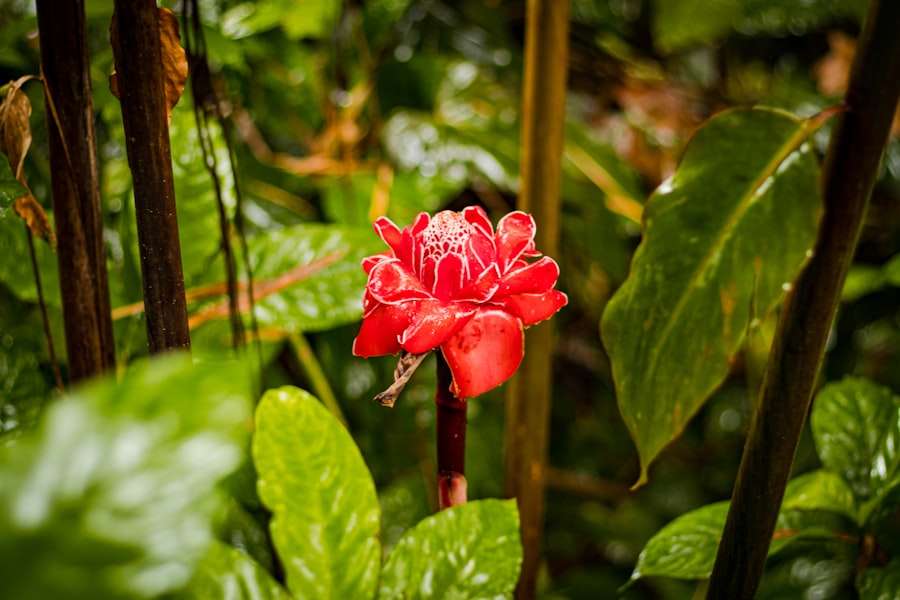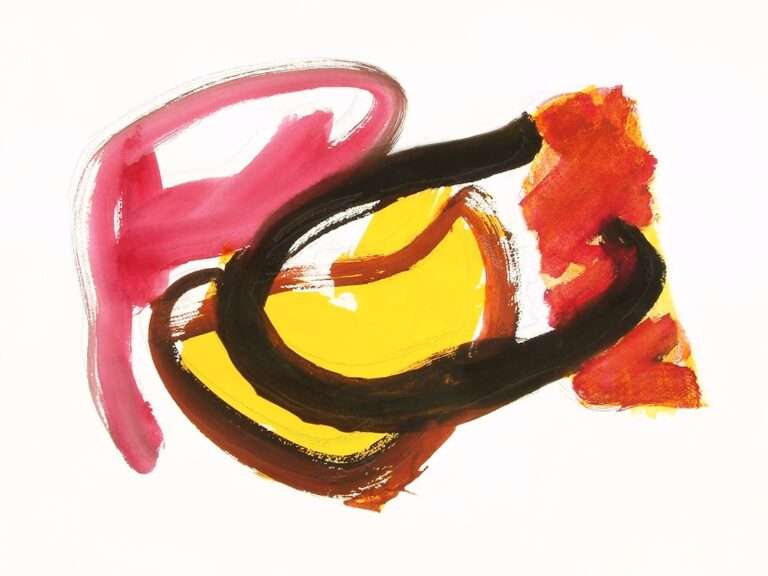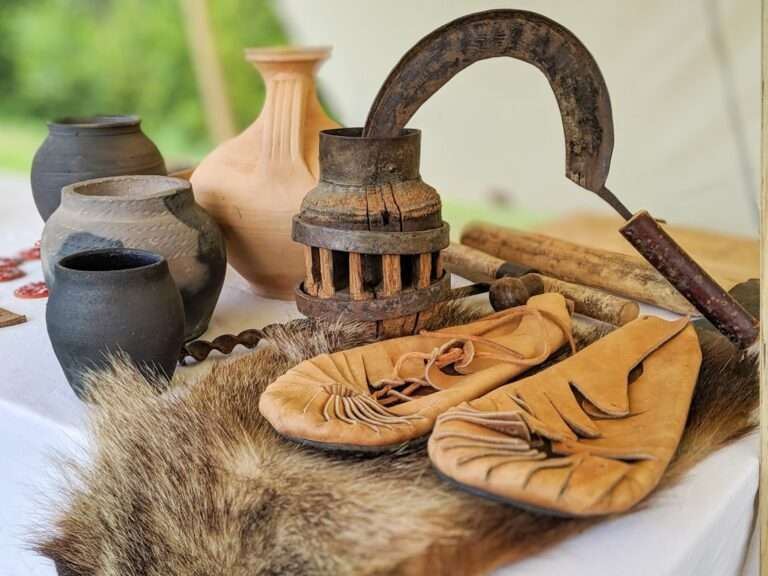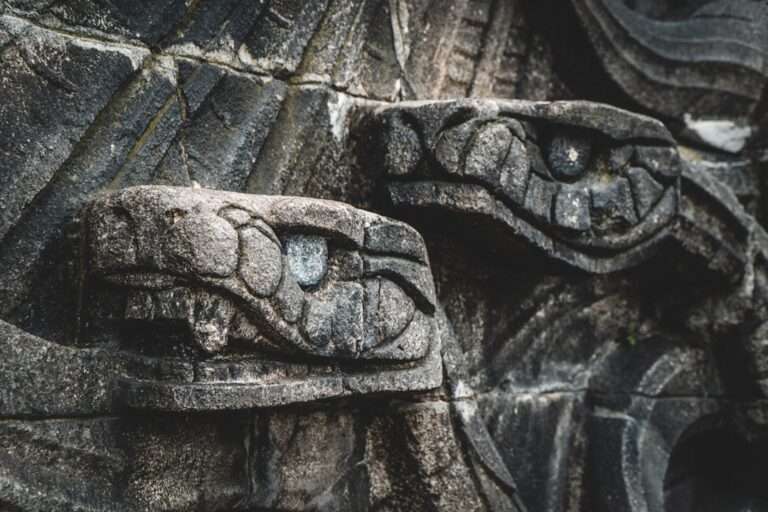What does the hibiscus flower symbolize in Hawaiian culture?

The hibiscus flower holds significant cultural importance in Hawaii. Known as “pua aloalo” in Hawaiian, this native plant has become an iconic symbol of the state. Its vibrant petals are commonly used in leis, hair decorations, and traditional hula performances.
The hibiscus has been a part of Hawaiian culture for centuries and remains a popular emblem of the islands. Beyond its aesthetic appeal, the hibiscus flower carries deep cultural and spiritual meaning for Hawaiians. It is integrated into various aspects of island life, including art, music, and daily customs.
The flower symbolizes hospitality, femininity, and the natural abundance of Hawaii. As a result, the hibiscus has become a cherished representation of Hawaiian spirit and identity, playing an integral role in the state’s cultural heritage.
Key Takeaways
- The hibiscus flower holds great significance in Hawaiian culture, representing beauty, femininity, and hospitality.
- In Hawaiian traditions and rituals, the hibiscus flower is used as a symbol of welcoming and abundance.
- The hibiscus flower carries different meanings and symbolism in Hawaiian culture, including love, delicate beauty, and the natural abundance of Hawaii.
- In Hawaiian culture, the hibiscus flower is revered as a representation of femininity and natural beauty.
- The enduring symbolism of the hibiscus flower in Hawaiian culture reflects its importance as a symbol of hospitality, natural beauty, and abundance.
The significance of the hibiscus flower in Hawaiian traditions and rituals
The Symbolism of the Hibiscus Flower
In Hawaiian culture, the hibiscus flower plays a central role in various ceremonies and cultural practices. From weddings to funerals, the hibiscus flower is often used as a symbol of love, respect, and remembrance. It is commonly woven into leis, which are presented as gifts to honor special occasions or to welcome visitors to the islands.
Aloha and the Tradition of Lei Giving
The act of giving and receiving a hibiscus lei is a gesture of aloha, or love and affection, and it is a tradition that has been passed down through generations in Hawaiian culture. The hibiscus flower is also an integral part of hula, the traditional dance of Hawaii. Dancers often adorn themselves with hibiscus flowers as they perform, using their movements to embody the grace and beauty of the flower.
The Hibiscus in Healing Rituals and Traditional Medicine
In this way, the hibiscus becomes a living symbol of the natural world, connecting the dancers to the land and its abundant beauty. Additionally, the hibiscus flower is used in healing rituals and as a natural remedy in traditional Hawaiian medicine. Its petals and leaves are believed to have medicinal properties that can soothe ailments and promote overall well-being.
The multifaceted significance of the hibiscus flower in Hawaiian traditions and rituals serves as a symbol of love, beauty, and healing.
The different meanings and symbolism of the hibiscus flower in Hawaiian culture

The hibiscus flower holds a variety of meanings and symbolism in Hawaiian culture, each of which contributes to its enduring popularity and significance. One of the most prominent meanings associated with the hibiscus flower is its representation of delicate beauty and femininity. The flower’s vibrant colors and soft petals are often seen as a reflection of the grace and elegance of women, making it a popular choice for adorning hair or creating floral arrangements for special occasions.
In this way, the hibiscus flower has become synonymous with the concept of femininity in Hawaiian culture, embodying qualities such as gentleness, compassion, and nurturing. Another important symbolism of the hibiscus flower in Hawaiian culture is its association with hospitality and welcoming. The act of presenting a hibiscus lei to visitors or loved ones is a gesture of warmth and openness, signifying a desire to make others feel at home and appreciated.
The hibiscus flower’s role as a symbol of hospitality is deeply ingrained in Hawaiian customs, where it is used to create a sense of connection and camaraderie among people. Additionally, the hibiscus flower is often used as a representation of love and affection, making it a popular choice for weddings, anniversaries, and other romantic occasions. Its vibrant colors and delicate appearance make it a fitting symbol for expressing feelings of adoration and devotion.
The hibiscus flower as a representation of beauty and femininity in Hawaiian culture
The hibiscus flower holds a special place in Hawaiian culture as a representation of beauty and femininity. Its delicate petals and vibrant colors have made it a beloved emblem of grace and elegance, often associated with the qualities traditionally attributed to women. In Hawaiian traditions, the hibiscus flower is commonly used to adorn hair or create floral arrangements for special occasions such as weddings, graduations, or hula performances.
Its presence adds a touch of natural beauty and sophistication, enhancing the overall aesthetic appeal of these events. The symbolism of the hibiscus flower as a representation of femininity extends beyond its physical appearance to encompass deeper meanings related to compassion, nurturing, and strength. In Hawaiian culture, women are often revered for their ability to embody these qualities, making the hibiscus flower an apt symbol for celebrating their contributions to society.
The gentle yet resilient nature of the hibiscus flower mirrors the multifaceted roles that women play in Hawaiian communities, from caring for their families to preserving cultural traditions. As such, the hibiscus flower serves as a powerful emblem that honors the beauty and strength of women in Hawaiian culture.
The hibiscus flower as a symbol of hospitality and welcoming in Hawaiian customs
In Hawaiian customs, the hibiscus flower holds great significance as a symbol of hospitality and welcoming. The act of presenting a hibiscus lei to visitors or loved ones is a time-honored tradition that reflects the spirit of aloha, or love and affection. By offering a hibiscus lei, individuals express their desire to make others feel at home and appreciated, creating an atmosphere of warmth and openness.
This gesture plays an essential role in fostering connections among people and building a sense of community in Hawaiian culture. The symbolism of the hibiscus flower as a symbol of hospitality extends beyond its use in leis to encompass various aspects of daily life in Hawaii. The flower’s vibrant colors and delicate fragrance are often incorporated into decorations for gatherings and celebrations, creating an inviting ambiance that encourages social interaction and camaraderie.
Additionally, the hibiscus flower is frequently used as a decorative motif in hospitality settings such as hotels, restaurants, and resorts, where it serves as a visual representation of the welcoming spirit that defines Hawaiian hospitality. Its presence adds a touch of natural beauty and elegance to these spaces, enhancing the overall experience for guests.
The hibiscus flower as a reflection of the natural beauty and abundance of Hawaii

The Flower’s Cultural Significance
The hibiscus flower’s presence in Hawaiian culture is deeply intertwined with the land itself, representing the unique beauty and diversity that can be found throughout the islands.
Deeper Meanings and Symbolism
The symbolism of the hibiscus flower as a reflection of Hawaii’s natural beauty extends beyond its visual appeal to encompass deeper meanings related to resilience and vitality. The flower’s ability to flourish in various environments mirrors the adaptability and strength of Hawaii’s ecosystems, where diverse plant species coexist in harmony with one another. Additionally, the hibiscus flower’s role as a source of inspiration for art, music, and cultural traditions reflects its enduring impact on Hawaiian society.
A Reminder of Abundant Resources
Its presence serves as a reminder of the abundant resources that sustain life on the islands, making it an integral part of Hawaii’s cultural identity.
The enduring symbolism of the hibiscus flower in Hawaiian culture
In conclusion, the hibiscus flower holds enduring symbolism in Hawaiian culture as a representation of beauty, femininity, hospitality, and natural abundance. Its vibrant colors and delicate petals have made it a beloved emblem that is deeply intertwined with the history and traditions of the islands. From its use in traditional ceremonies and rituals to its presence in everyday life, the hibiscus flower plays an integral role in shaping the cultural identity of Hawaii.
Its multifaceted meanings reflect the values and beliefs that are cherished by the people of Hawaii, making it an enduring symbol that continues to inspire admiration and reverence. As such, the hibiscus flower stands as a testament to the rich heritage and natural splendor that define Hawaiian culture.
FAQs
What is the significance of the hibiscus flower in Hawaiian culture?
The hibiscus flower holds great significance in Hawaiian culture as it is the state flower of Hawaii. It is often used in leis and other traditional Hawaiian decorations, and is also a popular motif in Hawaiian art and design.
What does the hibiscus flower symbolize in Hawaiian culture?
In Hawaiian culture, the hibiscus flower symbolizes hospitality, beauty, and the spirit of aloha. It is often given as a welcoming gift to visitors and is also used in hula dances and other traditional ceremonies.
How is the hibiscus flower used in Hawaiian traditions?
The hibiscus flower is commonly used in Hawaiian traditions such as making leis, which are worn as a symbol of affection and welcome. It is also used in hula dances and other cultural performances, and is often depicted in Hawaiian art and crafts.
Are there different meanings associated with different colors of hibiscus flowers in Hawaiian culture?
Yes, in Hawaiian culture, different colors of hibiscus flowers can have different meanings. For example, the yellow hibiscus is the state flower of Hawaii and symbolizes happiness, while the red hibiscus represents love and passion.





